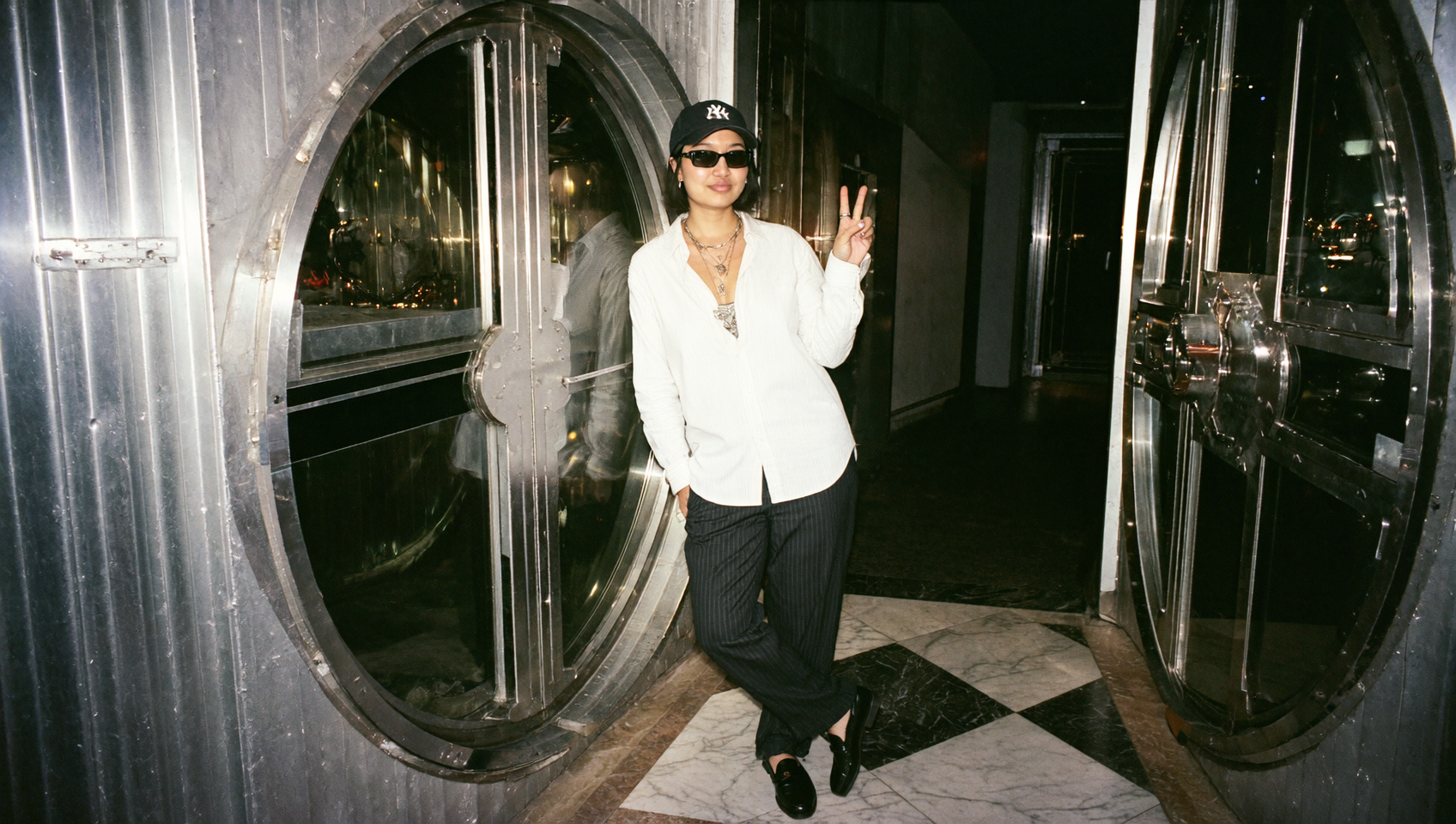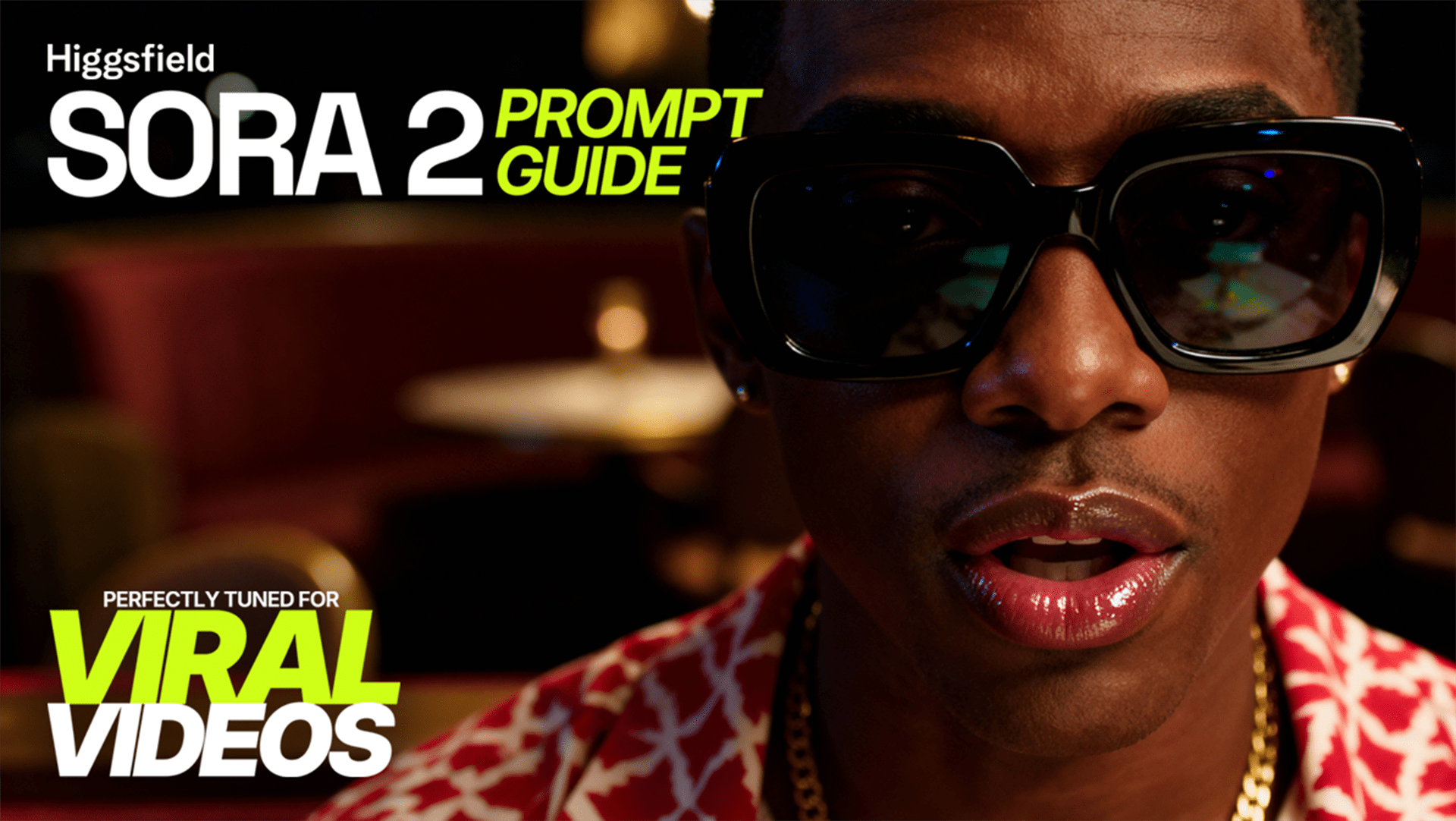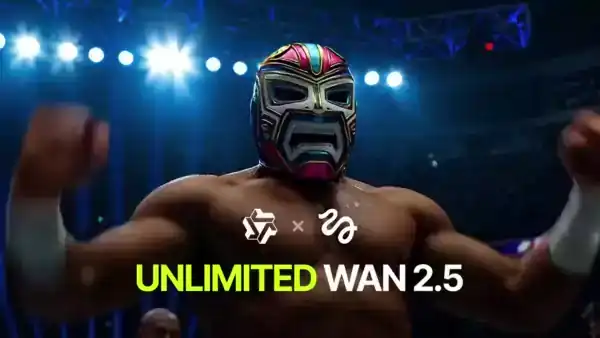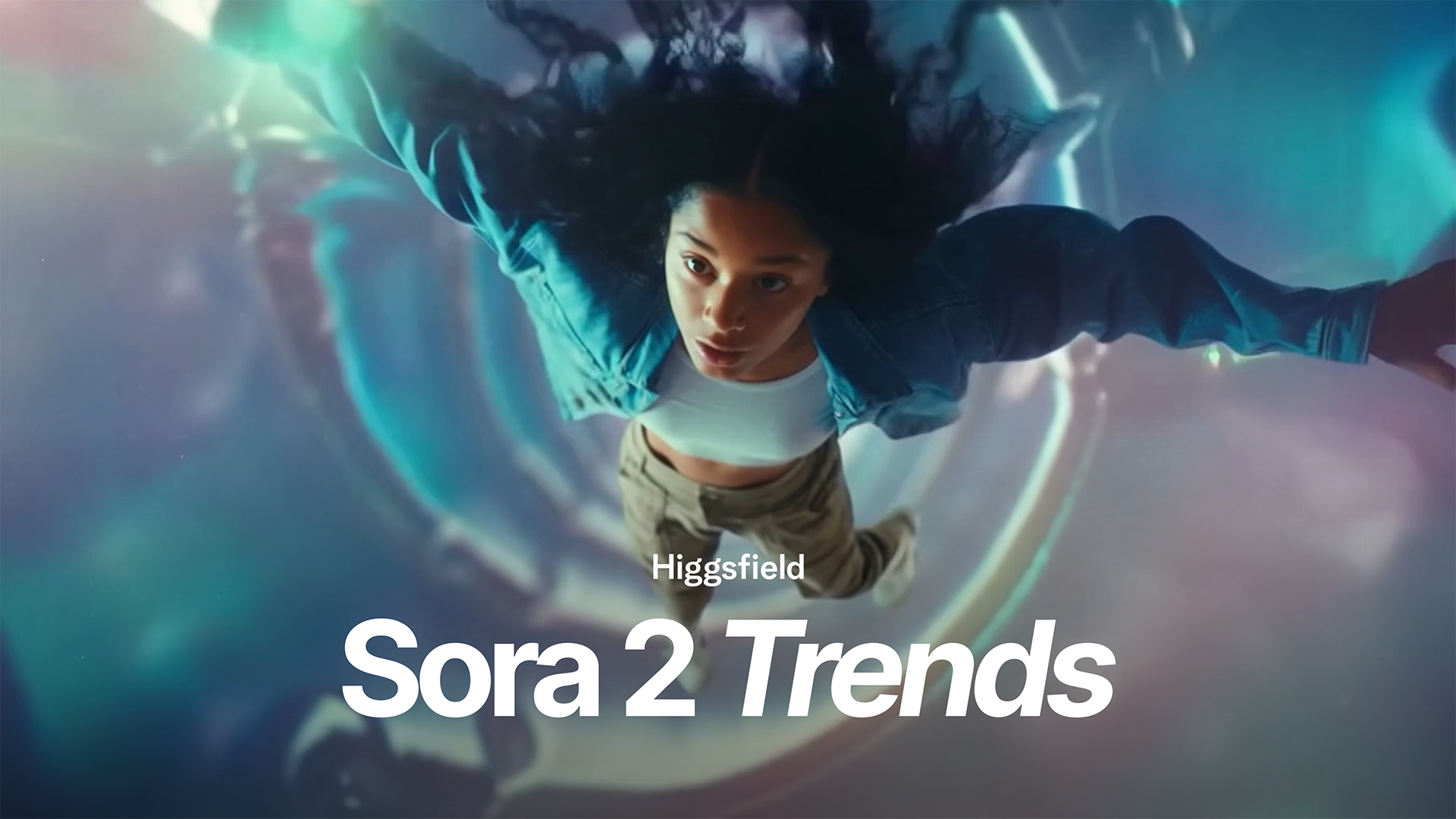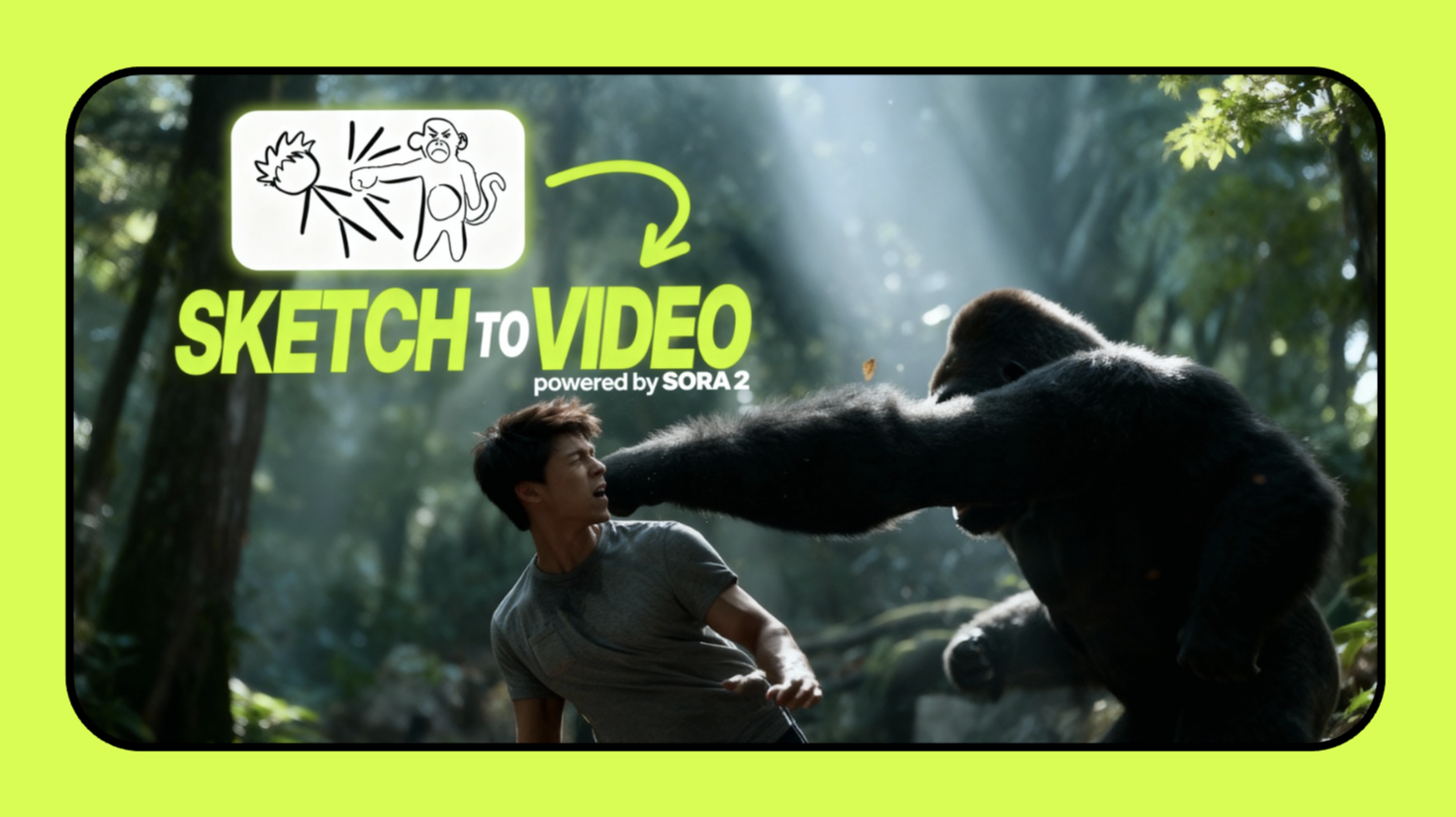OpenAI's Sora 2 marks a breakthrough in AI video generation: the latest model tackles complex tasks that previous versions couldn't handle. OpenAI has prioritized believable physics, enhanced visual realism, precise creative control, and audio synchronization.
Let's get into the technical breakthroughs powering Sora 2's capabilities.
Improved Physical Realism
Sora 2's leap in physical realism marks a fundamental change from earlier AI video models. OpenAI rebuilt the physics engine to create videos that match ground physical laws more closely.
Physics-based motion: rebound, gravity, and inertia
Sora 2's physics modeling makes object interactions in generated videos look more natural. Basketball scenarios show this best. Players who miss shots now see the ball bounce off the backboard naturally instead of magically appearing in the hoop. This is a big deal as it means the system can show both success and failure in a realistic way.
The physics improvements go beyond basic object interactions. Sora 2 handles complex movements that need deep physics understanding:
Olympic gymnastics routines with perfect balance and momentum
Backflips on paddleboards that show real buoyancy and rigidity
Triple axels with realistic body physics throughout the motion
These features weren't just better—they were impossible before. OpenAI's dynamic balance algorithm now tracks 87 human joint parameters to stop the "broken limbs" and "floating people" issues from earlier models. So volleyball spikes now match professional athletes' movements 92% of the time.
Object permanence and continuity across frames
Sora 2's most important advancement lies in its boosted temporal coherence. Objects stay consistent between frames, which cuts down on the flickering and visual glitches that were common in older systems.
Characters keep their shape from start to finish in clips. You'll see fewer disappearing limbs or melting faces—problems that showed up often in first-generation models.
This boost comes from Sora 2's grasp of object permanence and temporal consistency, thanks to training on much larger video datasets. On top of that, it keeps world-state elements consistent across cuts in multi-shot scenes. Props, character looks, and environmental details stay the same throughout generated sequences.
Comparison with Sora 1 and Veo 2 on realism
The difference between Sora 2 and other models tells an interesting story. Sora 1's biggest problem was its poor physics - users saw objects floating in mid-air or vanishing during simple actions like dropping a coffee cup. Sora 2 fixes these basic issues.
But when matched against Google's Veo 2, things get interesting. Experts say that while Sora shines at cinematic quality and longer videos, Veo 2 seems to handle physics better.
Veo 2 gets praise for its ultra-realistic visuals, 4K resolution, and precise physics modeling. This makes it better suited for educational content, simulations, and high-quality animations. Sora 2 excels in creativity, motion quality, and better physics than its predecessor - though some experts say it still can't match Veo 2's physical accuracy.
Synchronized Audio and Dialog Generation
Sora 2's groundbreaking audio generation capabilities stand out as one of its biggest leaps forward. The old version and other AI video tools gave you silent footage that needed separate sound work. Now Sora 2 brings everything together and changes how creators work with audio and video.
Lip-sync accuracy in character speech
Sora 2 brings a huge improvement in lip synchronization technology. Characters speak with mouth movements that match their words with amazing accuracy. The digital characters' lips line up with the audio so well that it looks just like real people talking. Tests show it hits about 90% accuracy in the best cases, which beats typical text-to-speech options content creators use today.
The Cameo feature shows off this lip-sync magic by creating a digital ID that makes sure the mouth matches every word. Tests with prompts like "@myID talking about AI, office background, clear voice" hit that 90% accuracy mark. This is a big deal as it means that the results are much better than what we've seen before.
OpenAI suggests keeping the number of speaking characters small and giving clear timing instructions for scenes with multiple speakers. This makes sense because syncing several talking characters at once gets tricky. Yet the dialog still sounds natural, with the right tone and accent that fits what you see on screen.
Ambient sound and sound effects alignment
Sora 2 really shines when it creates background sounds and times sound effects just right. The system adds rich background soundscapes that pull viewers into the scene. To name just one example, a café scene comes with background chatter, cups clinking, and music playing softly - all without asking for it.
Sound effects in Sora 2 match what's happening on screen perfectly. Test scenes like "a barista pouring espresso, spoon clinking on ceramic" showed spot-on timing between the coffee sounds and what you see. ASMR content like "Creator typing on a noisy keyboard, then blowing into a mic" produced crisp keyboard clicks that lined up perfectly.
The system also handles sound placement in space really well. Sounds close to the camera are louder, while distant noises fade appropriately. This creates an audio experience that matches what your eyes see in terms of depth.
Audio generation pipeline in Sora 2
Sora 2's audio technology represents a huge step forward in multimodal AI. Before this, adding sound to AI videos was a pain. Creators had to hunt for the right sounds, line them up with the video, and adjust settings like pan and gain for every frame.
The audio system in Sora 2 works through three main parts:
An audio generator that creates speech and sound matching the video frames
A semantic adapter that makes sure sounds fit what you see
A temporal controller that keeps everything in sync
This setup removes an entire step from post-production work. Instead of juggling different tools to design sound, Sora 2 gives you the complete package in one go. This makes the creative process much simpler.
The system takes different types of input, including text prompts that describe the audio you want ("two friends chatting, natural café audio"). You can also add specific sound instructions: "A skateboard rolling on pavement, sound of wheels clicking, 30 FPS."
Controllability and Multi-shot Scene Management
Sora 2's physics modeling and audio capabilities are impressive. The system's knowing how to handle complex multi-shot scenes shows a big leap forward in AI video generation. This advancement has turned Sora 2 from a simple clip generator into a tool that filmmakers can use to create continuous narratives across multiple shots.
World state persistence across shots
Sora 2 shines in keeping the world state consistent between different shots and scenes. Earlier models didn't deal very well with continuity. Sora 2 remembers everything about characters, props, environments, and where things are placed throughout the whole sequence. Creators can now direct multi-shot stories where characters move through different settings while looking the same.
OpenAI suggests mentioning elements that need to stay consistent. "Keep the blue flag on the ship's mast in all shots" serves as a good example. Using the same descriptions word-for-word in prompts also helps maintain consistency. Creators can now tell much more sophisticated stories with AI-generated video than ever before.
Instruction-following in complex prompts
Sora 2 has improved by a lot in following detailed instructions for multiple shots. The model works with complex prompts that spell out different scenes, camera movements, and action sequences. You can create coherent narrative sequences by numbering scenes in prompts like "Scene 1: A knight draws his sword... Cut to Scene 2: He charges into battle".
Prompting best practices include:
Making each shot's camera framing and subject action clear.
Describing one camera move and one subject action per shot.
Using timestamps to mark specific events ("Character's foot lands in puddle at 0:06").
Using professional cinematography terms that trigger the model's training on quality content.
These practices help you get the most out of Sora 2 and create results that match your vision.
Scene transitions and temporal coherence
Sora 2 handles scene transitions well and keeps videos temporally coherent. Research shows that older models couldn't create longer videos with smooth transitions because they couldn't figure out when transitions were needed from the prompt.
Sora 2 fixes this with better temporal understanding. You can get seamless transitions by specifying transition types like "cut to" or "dissolve to". The model's ability to maintain coherent transitions improves when you support stories with timestamps and continuity rules.
The system still has some limitations. You should watch for continuity issues like identity drift and lighting inconsistencies in multi-shot sequences. Keep shot durations tight for actions that might drift. Repeat descriptions of wardrobe and props like "red scarf visible" or "messenger bag over shoulder" to maintain consistency in complex sequences.
Cameos: Real-world Injection and Personalization
Sora 2's Cameo feature leads its breakthrough capabilities. This new tool lets users add real-world elements to AI videos with amazing accuracy.
One-time video/audio capture for likeness
The Cameo feature works through a simple process that starts with a quick video and audio recording. This first capture does two things: it checks who you are and records how you look and sound. The identity check helps prevent anyone from pretending to be you.
The setup in the Sora app takes just a few minutes. Users record themselves reading numbers shown on screen. This creates a detailed digital profile of their face, movements, and voice that Sora 2 can use in different scenarios.
Avatar generation and voice cloning
After recording, Sora 2 builds a lifelike digital version of you that matches your looks and voice. Your digital self fits naturally into any Sora-generated scene. The system works well with people, animals, or objects.
The technical magic shows up when you take a closer look at what Sora 2 can do. The system creates a moving video version of you that acts naturally and speaks in your voice. This goes way beyond regular image prompts. Your digital self stays consistent across different scenes and movements.
Permission-based cameo sharing and revocation
Privacy and consent are the life-blood of Sora 2's Cameo system. OpenAI built it to give you full control over your digital self. You choose who sees your Cameo through different permission levels:
Only me (personal use)
Mutuals (default for followers you follow back)
Everyone (public access)
OpenAI added more privacy features after launch. Users can now set rules about how others show them and list what's off-limits. This helps stop any misuse of the system.
The app notifies you whenever someone uses your Cameo. You can take away permissions anytime and remove videos with your likeness. You can also check all videos using your Cameo, even ones others haven't finished yet.
Sora App Architecture and Social Integration
OpenAI's Sora app serves as the main interface for the Sora 2 model. The iOS application resembles familiar social platforms but emphasizes creation over consumption. This design provides technical advantages to casual users and content creators alike.
Prompt-based video generation in the Sora app
Users can turn written descriptions into 10-second vertical videos with synchronized audio through the Sora app. The process starts when users tap the "+" button to describe a new video or upload an image. The easy-to-use interface accepts detailed instructions about subjects, settings, camera movements, and audio elements. Sora 2 model follows these specific directions accurately. Short but specific prompts create the most reliable results, and users can preview and refine their work before finalizing.
Remix and collaboration features
The Sora app's social experience centers around remix functionality. Users have several ways to create personalized variations of existing videos:
Re-cutting to trim and extend videos in a new storyboard
Remixing to describe changes and create new versions
Blending elements between multiple videos
Creating seamless loops from any video segment
Original creators receive clear attribution for all remixed content. OpenAI designed the app with an invite-based launch system that helps people join with their friends.
Feed personalization using LLM-based recommender
Sora's feed works differently from typical social platforms that maximize scroll time. OpenAI employs its language models to create new recommender algorithms that respond to natural language commands. Users customize their experience through conversation instead of complex settings menus. The feed shows content from followed and interactive connections by default. This approach inspires personal creation. OpenAI explicitly states: "We are not optimizing for time spent in feed" - a distinct shift from traditional social media design.
Conclusion
Sora 2 represents an exceptional advancement in AI video generation technology that changes what creators can achieve. This piece explores how this breakthrough model handles tasks that seemed impossible before—from Olympic-level gymnastics to complex physics interactions. The model shows substantial improvements in physical realism, which allows objects to interact naturally and humans to move according to physical laws instead of the "cheated" physics seen in earlier versions.
The model's synchronized audio capabilities have transformed the creative workflow. Creators don't need separate sound design processes anymore because Sora 2 automatically produces context-appropriate environmental sounds and perfectly timed effects. These features work alongside impressive lip-sync accuracy to create engaging experiences.
Sora 2's ability to manage multiple shots and maintain world state makes complex storytelling possible-something AI video tools couldn't do before. Characters look consistent across different settings while the model follows detailed instructions for camera movements and scene transitions.
The Cameo feature stands out as one of the most powerful innovations that lets users create hyper-realistic digital avatars with their voice and appearance. Strong privacy controls help users retain complete control over their digital representation.
OpenAI's dedicated app architecture rounds out this technological package with an accessible interface built for creative collaboration rather than passive viewing. The platform emphasizes remixing and customized experiences through natural language instructions. You can try these capabilities firsthand on Higgsfield AI if you're curious about the most talked-about model.
Without doubt, Sora 2 marks a new chapter in AI-assisted creativity. The technical breakthroughs we got into-from physics modeling to personalization features-challenge what's possible in digital content creation. These advances will reshape how professionals and everyday users approach video production over the last several years.
Generate with Sora 2
Master creative control and elevate your entire production workflow with Sora 2, the world's most advanced AI video model.
